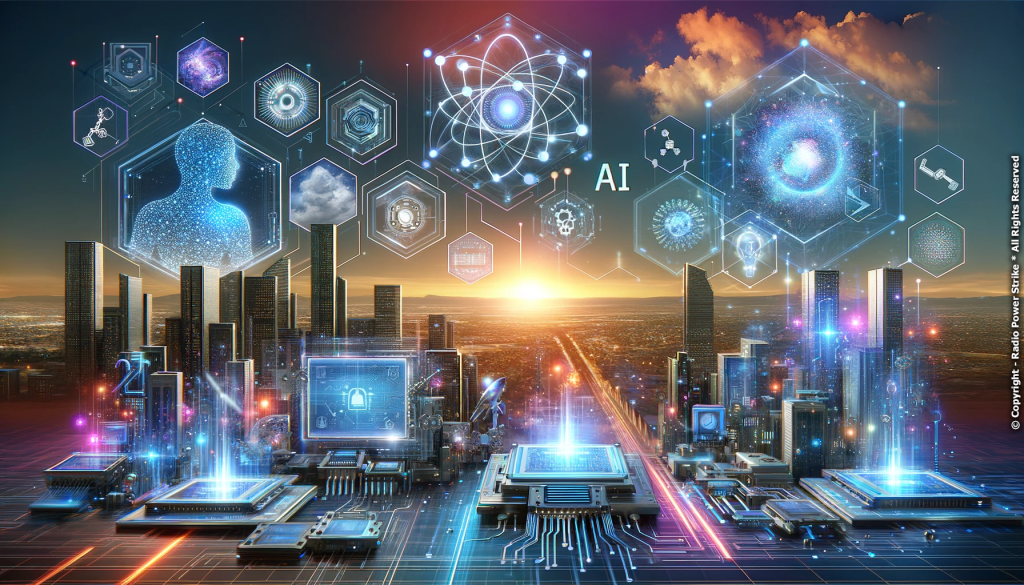Beyond Firewalls: Unraveling the Latest Cyber Security Solutions
Emerging Technologies Reinventing the Paradigms of Data Protection

The rapid evolution of technology has prompted cyber threats to become increasingly sophisticated, rendering traditional firewalls insufficient. Recognizing this, the world of cyber security is witnessing a paradigm shift towards more advanced and comprehensive solutions. This article delves into the latest innovations that promise to redefine the frontiers of digital protection, offering robust resistance against modern threats.
AI-Powered Threat Detection: Proactive Defense Mechanisms

The integration of Artificial Intelligence (AI) in cyber security solutions presents a game-changer. AI’s ability to process vast amounts of data and recognize patterns ensures a proactive approach in identifying threats.
Tech giants like IBM, with their Watson for Cyber Security, are harnessing the power of AI to predict and counter threats in real-time. By analyzing patterns, the system can preemptively identify and neutralize potential threats before they manifest.
However, as AI solutions advance, it’s imperative to consistently train and update these systems. The dynamic nature of cyber threats requires that AI models remain adaptive and responsive to the ever-changing threat landscape.
Quantum Encryption: The Future of Secure Communication

Harnessing the principles of quantum mechanics, quantum encryption offers an almost unbreakable encryption method, setting a new standard for data protection.
Companies like Toshiba have been at the forefront, developing quantum key distribution systems that promise ultra-secure communication. This technology ensures that any attempt to intercept communication alters the quantum state of the data, alerting the parties involved.
While quantum encryption offers unparalleled security, it’s crucial to acknowledge that its adoption is still in infancy. Continuous research and collaboration are needed to make it a widely accepted norm in the cyber defense realm.
Decentralized Systems: Distributing the Risk

The principle behind decentralized systems is simple—spread out the data, making it harder for attackers to target a single point of failure. Solutions such as blockchain are revolutionizing the way data is stored and shared.
Ethereum, a prominent blockchain platform, offers a decentralized approach where data isn’t housed in one central repository. This dispersion significantly diminishes the risks associated with centralized data breaches.
However, it’s important to note that while decentralized systems provide an additional layer of security, they are not invulnerable. Effective implementation and regular audits are essential to ensure that these systems remain resilient against threats.
In the digital realm, where threats constantly evolve, it’s clear that staying one step ahead is the key. The latest cyber security solutions, while diverse in their approach, all share a common goal—ensuring that data remains secure in an interconnected world. By investing in these advanced technologies and understanding their potential, we pave the way for a safer, more protected digital future.

Comments are closed, but trackbacks and pingbacks are open.